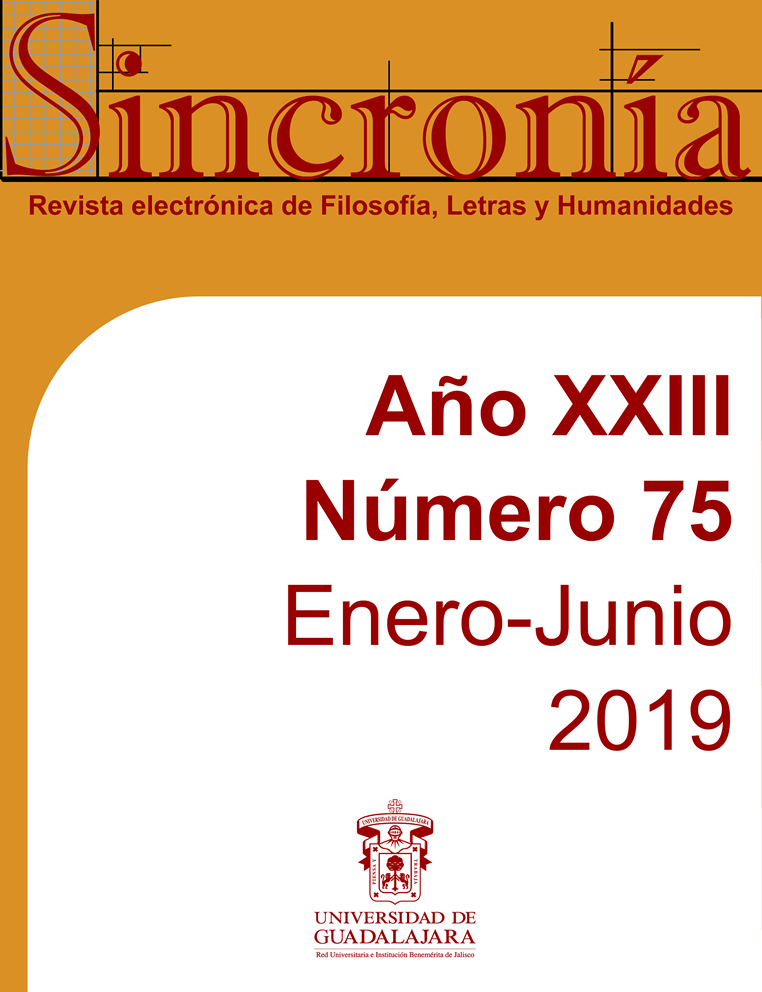Penitentiary psychology: ways of understanding psychological intervention from inmates’ perspective.
Keywords:
Psychology., Social Reintegration, Prisons., Power.Abstract
Psychology is one of the main knowledges that participate in the legitimization and construction of penitentiary reality as rehabilitation centers and not as places of confinement or dungeons. Under the psychologists’ work, inmates are not only punished and deprived of their freedom but also intervened following different clinical, social and community currents in favor of their social integration. Therefore, this research, based on a qualitative ethnographic methodology, gives a different perspective to the discussion, analyzing the ways in which the inmates deprived of freedom experience the psychological treatments and understand the psychologist role and figure. The results show that psychology is understood from an approval/disapproval dichotomy starting with its latent or not latent institutionalization. The disapproval is generated when it is interpreted as an extension from the institution, where the psychologist functions as an undercover spy and psychology as a stigmatizing knowledge.
Downloads
References
Baratta, A. (2004). Criminología crítica y crítica del derecho penal: Introducción a la sociología jurídica-penal. México DF: Siglo XIX
Bergalli, R. (1976). ¿Readaptación social a través de la ejecución penal? Madrid: Instituto de Criminología. Universidad Complutense.
Certeau, M. D. (1980). La Invención de lo Cotidiano I Artes de hacer - 1ra reimpresión de la primera edición en español. México: Instituto tecnológico de estudios superiores de Occidente.
Clarke, V., & Braun, V. (2006). Using thematic analysis in psychology. Qualitative research in
Conde, P.-A. (2009). La creación y el espacio terapéutico en el medio penitenciario. Arteterapia, 4, 137–148.
Foucault, M. (1999). El orden del discurso. Barcelona, Tusquets.
Foucault, M. (1975). Vigilar y castigar: Nacimiento de la prisión. Buenos Aires: Siglo XXI Editores.
García-Borés, J. (2003). El impacto carcelario. En Sistema Penal y Problemas Sociales, 395–425.
García-Borés, J. M. (1995). La cárcel. En A. Aguirre y A. Rodríguez (Eds.), En Patios abiertos Patios Cerrados: Psicología cultural de las instituciones. (pp. 93-120). Barcelona: Marcombo.
Gergen, K. (1996). Realidades y relaciones. Aproximaciones a la construcción social. Barcelona: Paidós.
Gergen, K. (1997). Toward a cultural constructionist psychology. En Theory and Psychology 7: 31-36.
Godenzzi, J.C. (1999) Pedagogía del encuentro. El sujeto, la convivencia y el conocimiento. Bulletin de l’Institut francais d’Études andines, 28(3), págs.. 323 – 328.
Goffman, E. (1970/2001). Internados: ensayos sobre la situación social de los enfermos mentales. Buenos Aires: Amorrortu.
González, L. (2002). La sistematización y el análisis de los datos cualitativos. Mejía R, Sandoval SA (Coords). Tras Las Vetas de La Investigación Cualitativa. Perspectivas y Acercamientos Desde La Práctica. Tlaquepaque: Instituto Tecnológico y de Estudios Superiores de Occidente, 155–173.
Heleusa, F. (2006). Más allá de las rejas: en sus propias palabras. Revista Decisio. EDUC, MAYO-AGOSTO. (p. 43- 47).
Herrero, R. S. y León, J. L. (2006). Proceso de socialización y síntomas del estado de ánimo en delincuentes juveniles privados de libertad. Anuario de Psicología Clínica y de La Salud= Annuary of Clinical and Health Psychology, 2, 65–76.
Kouyoumdjian, L., & Poblet, M. (2010). Un punto de fuga. La Educación En Cárceles, Aportes Desde El Trabajo Social. Margen, 58(58), 1–7. Edición electrónica: http://www.margen.org/suscri/numero58.html. (8/12/10)
Pavarini, M. (1983). Control y dominación: teorías criminológicas burguesas y proyecto hegemónico. Siglo XXI.
Pavarini, M. (1987). La cárcel en Italia, entre la voluntad de descarcelación y necesidades disciplinarias. Poder y Control, 3. Psychology, 3(2), 77–1001. http://doi.org/http://dx.doi.org/10.1191/1478088706qp063oa
De Alós Moner, R.; Martín, A., Miguélez, F., y Gibert, F. (2009). ¿Sirve el trabajo penitenciario para la reinserción? Un estudio a partir de las opiniones de los presos de las cárceles de Cataluña. En Revista Española de Investigaciones Sociológicas (Reis), 127(1), 11–31.
Sanz, N. (2004). Alternativas a la prisión. Su viabilidad en las legislaciones centroamericana, española y mexicana. México DF: Instituto Nacional De Ciencias Penales.
Downloads
Published
How to Cite
Issue
Section
License
Copyright (c) 2019 Luis Jaime González Gil, Roxana Adib Jonsson, Ana Belén Leal Lliteras, Natalia Hernández Michel Rizo, Paola Salas Romo.

This work is licensed under a Creative Commons Attribution-NonCommercial 4.0 International License.
You are free to:
- Share — copy and redistribute the material in any medium or format
- Adapt — remix, transform, and build upon the material
- The licensor cannot revoke these freedoms as long as you follow the license terms.
Under the following terms:
- Attribution — You must give appropriate credit , provide a link to the license, and indicate if changes were made . You may do so in any reasonable manner, but not in any way that suggests the licensor endorses you or your use.
- NonCommercial — You may not use the material for commercial purposes .
- No additional restrictions — You may not apply legal terms or technological measures that legally restrict others from doing anything the license permits.




























